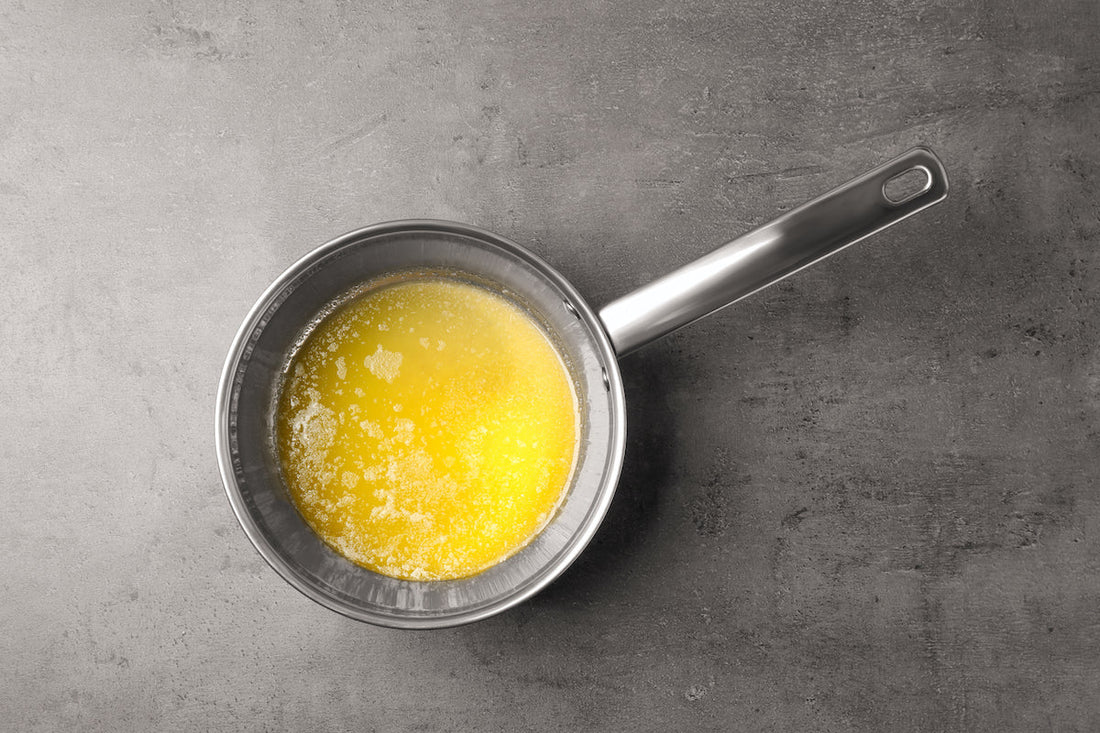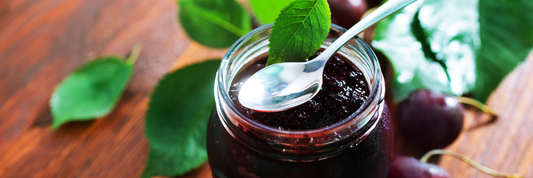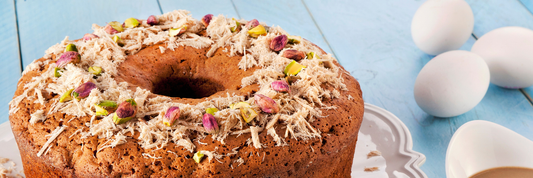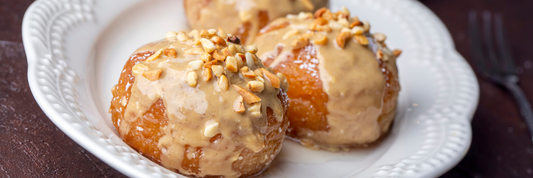Knowing how to melt butter properly is a simple but essential kitchen skill. Whether you’re baking cookies, preparing a smooth butter sauce, or adding melted butter to popcorn, the right technique ensures perfect texture and flavor. Many home cooks struggle with melting butter in the microwave without splattering, or melting butter on the stove without burning. In this guide, you’ll learn safe, quick, and effective methods, plus tips for avoiding separation or overheating. If you’ve ever asked “what’s the best way to melt butter?”-this article gives you clear, reliable answers backed by culinary experience.
What Happens to Butter When You Melt It
Butter is made up of about 80% fat, 16–18% water, and small amounts of milk proteins (USDA data). When you start heating butter, the water begins to evaporate, and the milk solids sink to the bottom. If the heat is too high, the solids can burn quickly, giving the butter a bitter taste. At the same time, the fat liquefies, turning your butter from solid to liquid form.
Understanding these stages helps you control the outcome. For example, gentle heating gives you smooth melted butter for baking. Prolonged heating can lead to clarified butter (where milk solids are removed) or even browned butter, which develops a nutty flavor prized in gourmet cooking.
Key takeaway: melting butter is not just about making it liquid—it’s about controlling how it breaks down. If you want consistent results in cookies, sauces, or sautéing, learning to manage this process makes a big difference.

Common Ways to Melt Butter
There’s more than one way to melt butter, and the “best” method depends on your recipe, time, and equipment.
How to melt butter in microwave
The microwave is the quickest way to melt butter, but it requires attention. Place butter in a microwave-safe bowl, cover it loosely to prevent splatters, and heat in short 10–15 second intervals. Stir between bursts to distribute heat evenly. This avoids hot spots that could cause the milk solids to burn.
From personal experience, many bakers prefer this method when preparing small amounts, such as 2–4 tablespoons for cookies. However, if you need a larger quantity, the butter can melt unevenly. According to Healthline, microwaving fats at high power can sometimes degrade quality, so keep the setting at medium.
Pro tip: cut butter into smaller cubes before microwaving. It speeds up the process and prevents overheating.

Can I melt frozen butter in the microwave?
Yes, but cut it into smaller pieces first and expect it to take longer (30–60 seconds total, in short bursts).
How long does it take to melt butter in the microwave?
For room-temperature butter: 20–40 seconds for a stick (½ cup).
For refrigerated butter: 30–60 seconds.
Is it safe to melt butter in the microwave?
Yes - as long as you use short intervals, low heat, and a microwave-safe container.
How to melt butter on stove (in a Pan)
Melting butter on the stove gives you more control than a microwave. Use a small saucepan and set the heat to low or medium-low. Add butter pieces and stir gently with a wooden spoon or silicone spatula. The goal is to melt it slowly so the milk solids don’t brown prematurely.
In my kitchen, this method is especially helpful when making sauces like hollandaise or when I need melted butter for mashed potatoes. It allows me to monitor the process closely and pull the pan off the heat if it starts bubbling too much.
Experts from America’s Test Kitchen recommend this method when recipes require precise textures, since gradual heating prevents separation.
Best for: recipes that need consistent, silky melted butter without risk of burning.

Using a Double Boiler / Bain-marie
If you want to guarantee that butter never burns, the double boiler method is foolproof. Place butter in a heatproof bowl and set it over a pot of simmering water. The steam gently warms the bowl, melting butter evenly at a lower temperature.
This method is slower than microwaving or stovetop melting, but it’s ideal for delicate recipes. For instance, pastry chefs often use it when making chocolate ganache or custards where butter must integrate smoothly without overheating.
Food science experts note that indirect heat keeps butter under 100°C (212°F), which prevents the milk solids from scorching. While it takes more setup, you’ll never end up with burnt butter.
Best for: baking projects, candy making, and any recipe requiring careful heat management.
Melt Butter with Minimal Heat / No Heat Alternatives
Sometimes you don’t want fully melted butter but just softened or partially melted butter. Leaving it at room temperature for 30–60 minutes can make it pliable for spreading or creaming into sugar. If you’re short on time, place butter in a sealed bag and submerge it in warm (not hot) water for a few minutes.
I’ve used this trick often when baking cookies—softened butter creams better than melted, creating a fluffier dough. Another no-heat option is grating frozen butter directly into a mixing bowl; the small pieces soften quickly from the bowl’s warmth.
According to USDA kitchen safety guidelines, butter should not sit at room temperature for more than a few hours, especially in warm climates, to avoid bacterial growth.
Best for: when recipes call for softened, not melted, butter.
Melted Butter vs Softened Butter vs Clarified Butter vs Browned Butter
Not all butter states are the same, and confusing them can ruin a recipe.
| Type of Butter | Description | Best Use |
|---|---|---|
| Melted | Fully liquid, usually from heat | Sauces, drizzling, baking where liquid fat is needed |
| Softened | Pliable but still holds shape | Creaming with sugar, spreading |
| Clarified | Milk solids & water removed | High-heat cooking, frying |
| Browned (Beurre Noisette) | Butter cooked until solids caramelize | Flavoring sauces, baking for nutty aroma |
For example, I once mistakenly used melted butter instead of softened in cookie dough. The result was flat, greasy cookies instead of chewy ones. This distinction matters: softened butter traps air, melted butter adds liquid.
Experts at King Arthur Baking highlight that precision with butter texture directly impacts baked goods. Always follow recipe instructions carefully.
Visual & Practical Signs of Properly Melted Butter
When your butter is ready:
- Color: Pale yellow for melted; golden brown for browned butter.
- Texture: Smooth and uniform with minimal foam.
How to measure melted butter accurately?
Always melt first, then measure for baking recipes - melted butter takes up less space than solid butter.
What amount of butter is ideal for melting?
Melt only what you’ll use to keep it fresh. For recipes, measure according to instructions.

Advanced Melting Tips vs Techniques
- Cut butter into smaller pieces for faster, more even melting.
- Remove from heat just before it’s fully melted to avoid burning.
- Store melted butter in eco-friendly, heat-safe containers to keep it fresh.
How long can melted butter be stored?
Up to 2 days at room temperature (covered), or 1–2 weeks refrigerated in an airtight container.
Tips to Prevent Common Mistakes
Melting butter may seem straightforward, but mistakes are common. Here’s how to avoid them:
- Don’t rush the process: High heat causes butter to burn quickly. Always use low heat or short microwave intervals.
- Stir often: Distributes heat evenly and prevents separation.
- Use the right container: Heatproof glass or ceramic bowls are safer in microwaves. Avoid thin plastic.
- Watch for bubbling: Once butter foams excessively, it’s close to browning. Remove from heat if you don’t want that flavor.
- Rescue tip: If butter starts to split, whisk in a teaspoon of cold water to re-emulsify.
Cooks Illustrated emphasizes that small details—like stirring or cutting butter into chunks-can dramatically improve results. In practice, these steps save you from wasted ingredients and ensure your recipes turn out consistently.
Frequently Asked Questions (FAQs)
Is melted butter the same as clarified butter?
No. Melted butter still has milk solids and water. Clarified butter has those removed, making it suitable for high-heat cooking.
How long does butter take to melt in the microwave or stove?
In a microwave: 20–40 seconds in intervals. On the stove: 2–4 minutes over low heat.
Will melted butter solidify again when cooled?
Yes, melted butter re-hardens when chilled, but the texture may be slightly different due to separated solids.
Can you use melted butter instead of softened butter?
Not interchangeably. Softened butter aerates recipes, while melted butter adds liquid. Substituting can change cookie or cake texture.
Conclusion
Melting butter may seem simple, but the right method makes all the difference in your cooking and baking. Whether you choose the microwave for speed, the stovetop for control, or a double boiler for precision, the goal is always the same: smooth, flavorful melted butter without burning or separation. Understanding the difference between melted, softened, clarified, and browned butter also ensures you use the right type for every recipe.
If you’re new to cooking, start with small batches and practice using different techniques. With a little experience, you’ll know exactly how to melt butter for cookies, sauces, or even gourmet dishes. As the USDA and trusted culinary experts emphasize, gentle heat and careful attention are the keys to success.
Read More:







